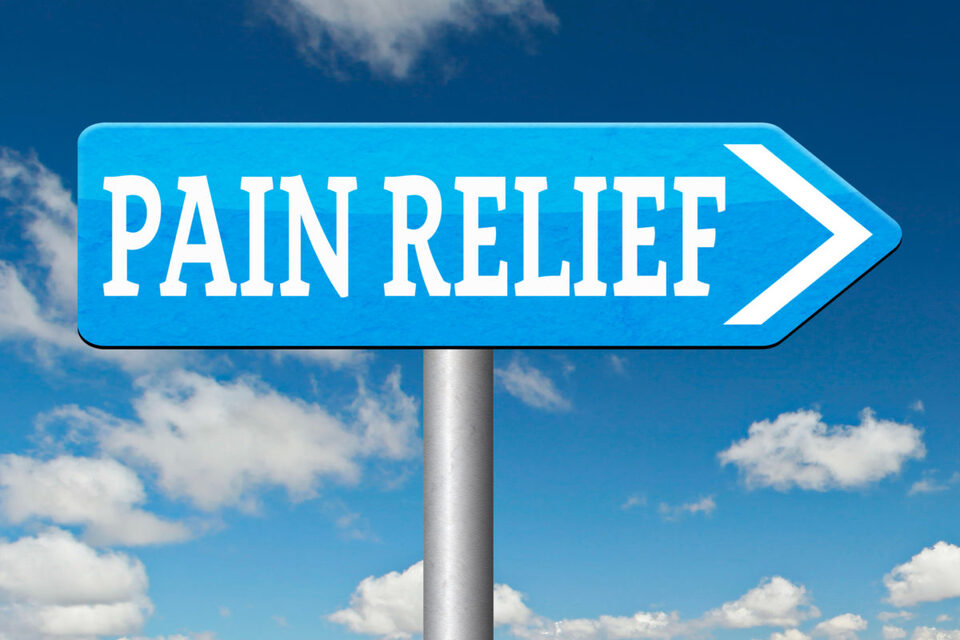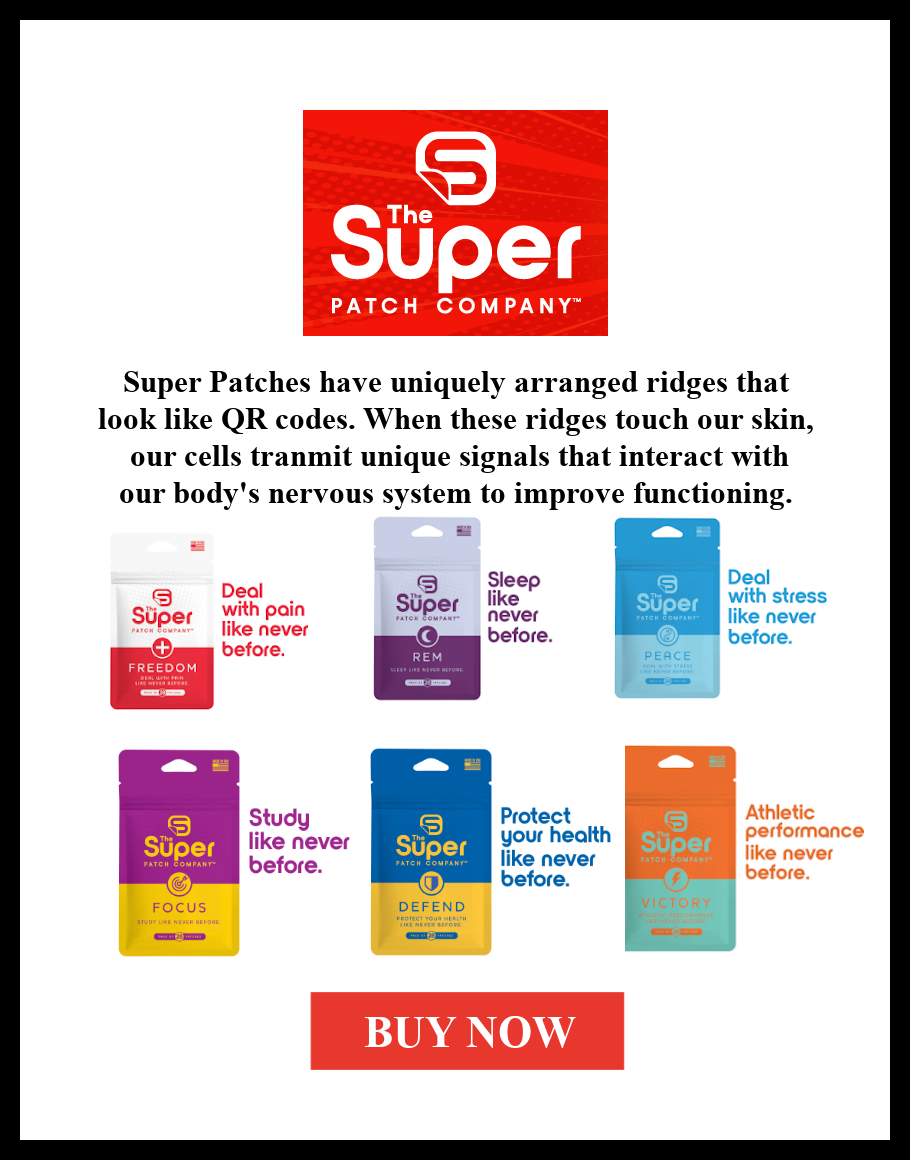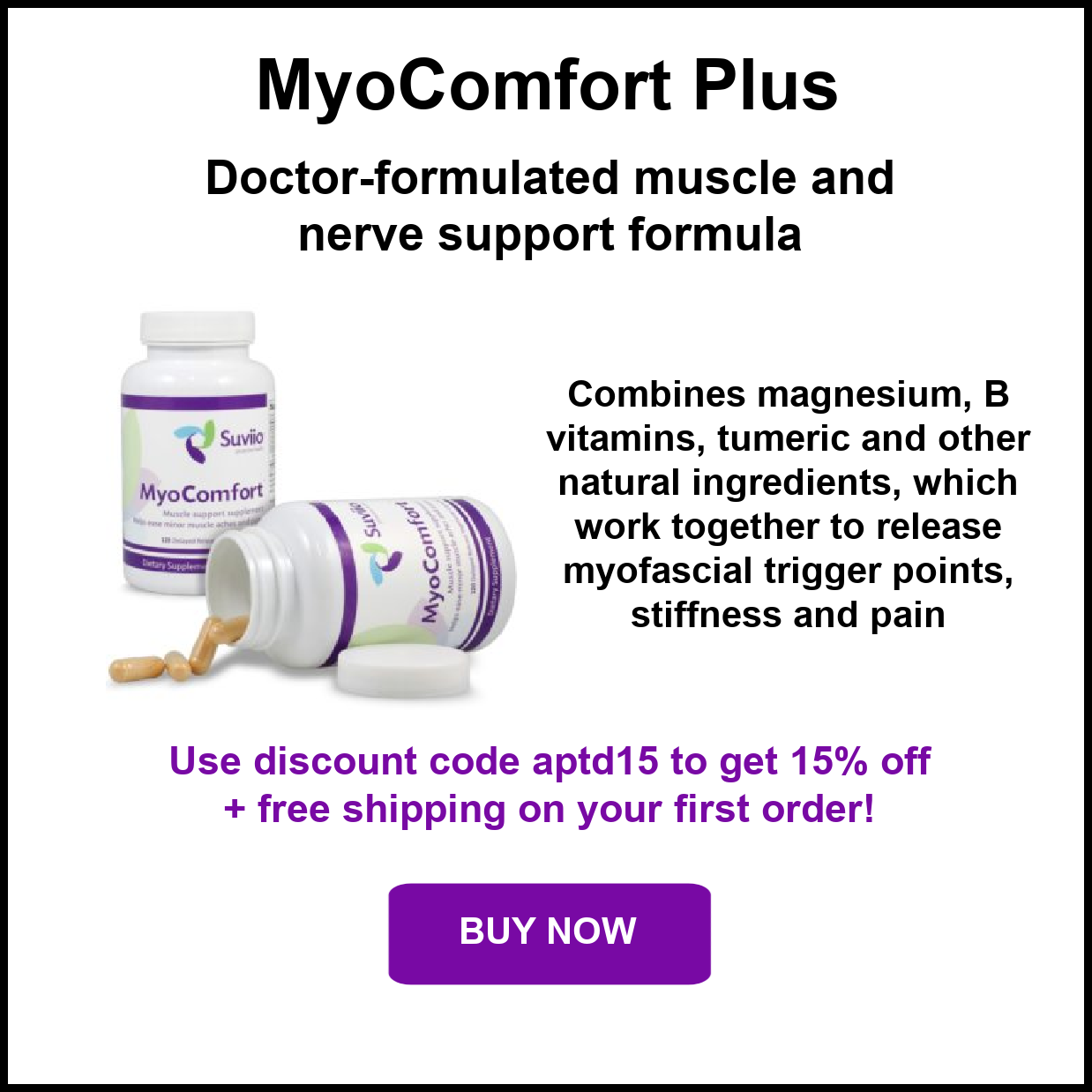
A recent study published in the journal Demography found that the number of adults in chronic pain has increased substantially in recent decades. The increase has occurred in every age group, ethnic group and income level and for every site of pain. The study is based on interview data with 441,707 adults from 2002 to 2018. During this period, pain prevalence increased by 10%. During this same time period, prescriptions for medications for pain increased substantially. The amount of opioids prescribed in the United States in 2015 was three times higher than in 1999. From 2009 to 2016, There were also significant increases in other drugs commonly prescribed for chronic pain. From 2009 to 2016 gabapentin prescriptions nearly doubled. There was a 118% increase in spinal fusion surgeries from 1998 to 2014 in the U.S. The Demography study found that the increase in chronic pain was most associated with psychological distress and health behaviors, factors that are rarely addressed by conventional medicine when treating pain. Clearly, more use of medication and surgery is not stemming the rising tide of chronic pain because it is not addressing the root causes of pain.
The good news is that pain patients have the power to heal their pain with safe and simple strategies that will also improve overall health and well-being. There are three essentials to pay attention to, as well as other complementary strategies that can help.
Optimize Nutrition
The human body constantly makes new cells to replace aging or damaged cells. These cells, the building blocks of our tissues and organs, require certain foods and nutrients for healthy development; other foods and substances are detrimental to cell development. In addition, the nutrients we ingest are the raw ingredients for our hormones, neurotransmitters, digestive enzymes, and other essential substances that keep our bodies healthy and in balance. This includes production of the body’s natural painkillers—endorphins (natural opioids) and endocannabinoids (the same compounds found in marijuana). Changing what you eat can have a significant impact on your pain levels.
A whole-foods diet that emphasizes fresh fruits and vegetables, whole grains, and lean proteins reduces pain and inflammation. Processed foods and sugars and unhealthy fats increase pain and inflammation. In addition, certain nutritional supplements—including omega-3 fatty acids, B vitamins, vitamin D, magnesium, and antioxidants—also have pain-reducing properties. There is considerable scientific evidence that certain foods are as effective at reducing pain as medications.
Avoiding toxic food additives, especially aspartame and MSG, is important too. Many pain patients also benefit from a gluten-free diet.
Harness the mind/body connection.
Mind/body strategies, which are the most likely to be ignored in conventional medicine, are based on the well-established fact that when the mind is calm, the body is in its optimal healing state. When you have a fear or worry thought, the body moves into the stress response, also known as the “fight or flight response”. This is characterized by increased muscle tension, respiration, heart rate and blood pressure and decreased blood flow to extremities. The stress response also decreases digestion, immune response, healing and maintenance. Over time, chronic stress also depletes the body’s supply of cortisol, an anti-inflammatory produced by the body, and inflammation increases. Chronic stress also depletes the body’s supply of endocannabinoids.
One source of chronic stress that is frequently ignored is a history of trauma, particularly chronic childhood trauma, including physical, sexual and emotional abuse and neglect. People with unresolved childhood trauma tend to be chronically hypervigilant and stressed. Research has shown that people with childhood trauma are more likely to experience chronic pain and illness as adults.
Reducing negative thinking and regularly using relaxation techniques promotes pain reduction and healing. Treating trauma with rapid trauma resolution techniques such as energy psychology or neurofeedback can calm the hypervigilant brain so that the body can relax and heal.
Get Help With Stress and Trauma
Engage in appropriate exercise
Many people in chronic pain are afraid to exercise because of fear of re-injury. However, inactivity leads to weakness and deconditioning that can make pain problems worse. Muscles can also be the primary cause of pain. Common causes of pain are chronic muscle tension, weakness, stiffness, spasm, muscle imbalances and trigger points. The remedy is appropriate stretching, strengthening and aerobic exercise. Movement therapy can also be very helpful. Walking and swimming are particularly effective for pain relief as is yoga and Tai Chi. Seek guidance from a physical therapist, chiropractor or other health professional to get the most appropriate exercise program for your condition.
Get Help Designing an Exercise Program
Other Complementary Therapies
There are many other therapies that get to the root cause of pain and can help with recovery from chronic pain. All will work better if the essentials listed above are attended to. These approaches include acupuncture, biofeedback, chiropractic, low level laser therapy, massage, physical therapy, psychotherapy, and more.
Conclusion
Taking these simple steps can significantly reduce pain over the long term and even cure many pain conditions. If you ignore these interventions, most other treatments will at best provide only temporary relief.
Cindy Perlin is a Licensed Clinical Social Worker, certified biofeedback practitioner, chronic pain survivor, the author of The Truth About Chronic Pain Treatments: The Best and Worst Strategies for Becoming Pain Free and the founder and CEO of the Alternative Pain Treatment Directory. She has been helping her clients in the Albany, NY area reach their health and wellness goals for over 27 years. She also provides virtual pain consults. See her provider profile HERE.











Comments